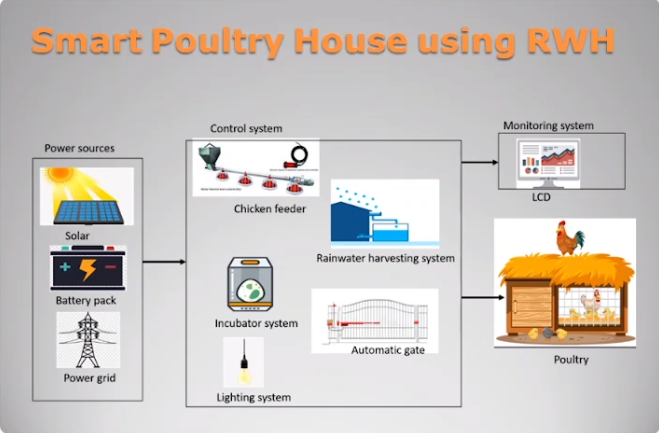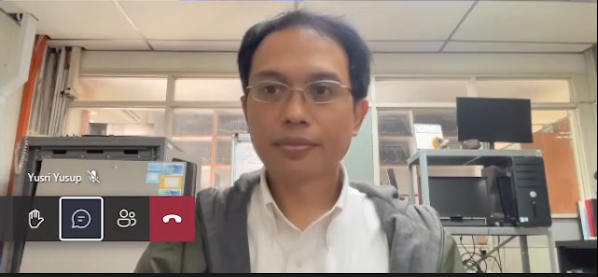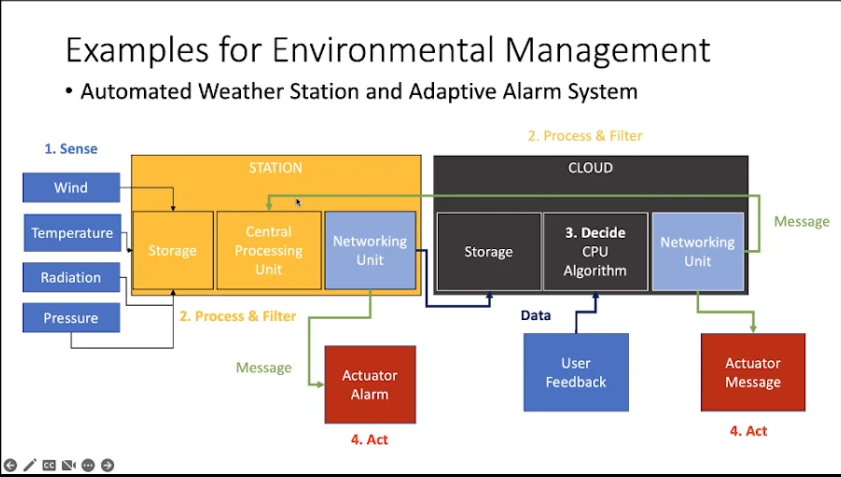By Rubendran Sathupathy
Faculty of Engineering and Quantity Surveying (FEQS) organized the virtual symposium on Smart Water and Environment Management to discuss its applications and solutions to water problems.
Dr. Shahriar Shams, Assistant Professor at Universiti Teknologi Brunei, warned that ASEAN region face water challenges based on the Asia-Pacific Water Outlook 2007 study.

“This causes food challenges to secure a basic diet of 2500 ml of water per day; energy challenges for renewable energy like biomass and hydropower, and environmental challenges such as ecosystems like the Aral Sea and Yellow River disappearing,” he said.
He added that the factors causing these issues include climate change, population growth, and urbanization.
“As the level of carbon dioxide increases, the temperature rises. This decreases arctic ice because it melts,” he explained.
Dr. Shahriar cautioned the impact of climate change leads to climate refugees since people must move to other countries due to floods or drought.
“Prevention and mitigation using Integrated Water Resource Management (IWRM) are keys to combatting this.
“This is where Smart Water comes in. Smart Water is an emerging technology that includes hardware and software analysis to help solve water problems through automation.”
Some examples of Smart Water and scenario analysis included stream and tidal flow to grow food using Smart Water in Brunei.

Meanwhile, Dr. Yusri Yusup, Associate Professor at Universiti Sains Malaysia, focused on “Smart System for Environmental Management.”
Smart systems were developed during the 3rd Industrial Revolution (IR) and consisted of five methods: sense, process, control, actuate, and autonomous.

The 4th IR added the Internet of Things (IoT) and big data analytics to further enhance smart systems.
“Sense uses two types of signals: optical and image processing signals using satellites or aircraft, and electrical signals including data obtained by the correlation between electrical and physical signals. For example, temperature, pressure, radiation, chemical, and acoustic.
“Process and control involve big data analytics. These are large datasets that must be analyzed computationally using machine learning algorithms. For instance, semi-closed loop systems can receive user input and learn and adapt from new data.”
“Actuate use algorithms to activate actuators such as electric, hydraulic, and pneumatic actuators. Some examples are flowrate control, pressure control, and temperature control,” he said.
Smart systems in environmental management can be seen in automated weather stations and adaptive alarm systems.

Dr. Yusri said Universiti Sains Malaysia developed its automated weather station that connected dataloggers with Raspberry Pi and the internet to transmit data to the cloud.
In his closing remarks, he said data grows exponentially, and we need algorithms and machine (autonomous) learning to help us analyze it.
“For example, school teachers who have lots of students can use algorithms and feed data keywords to generate marks,” he said.
